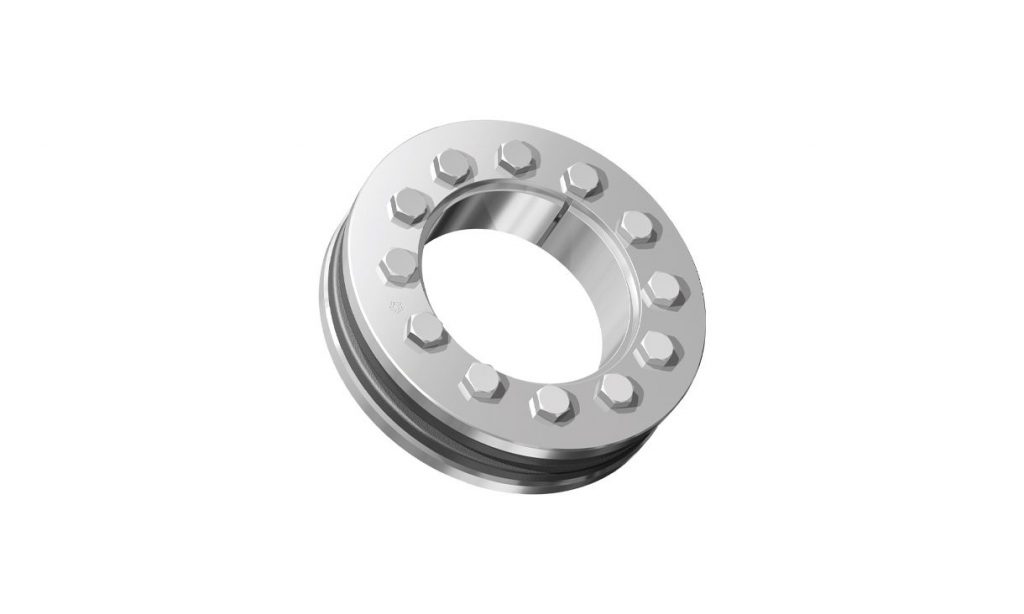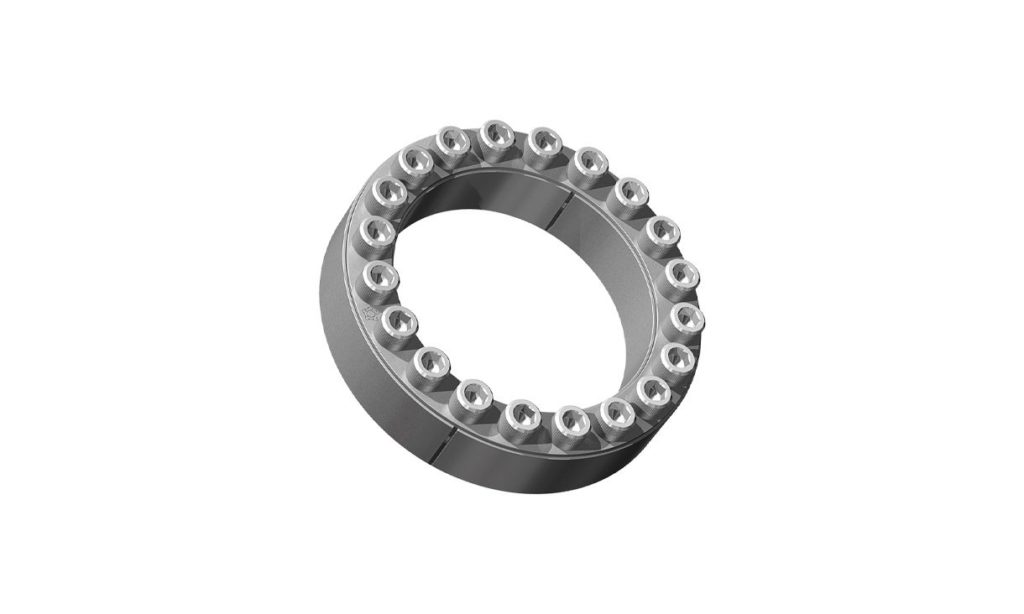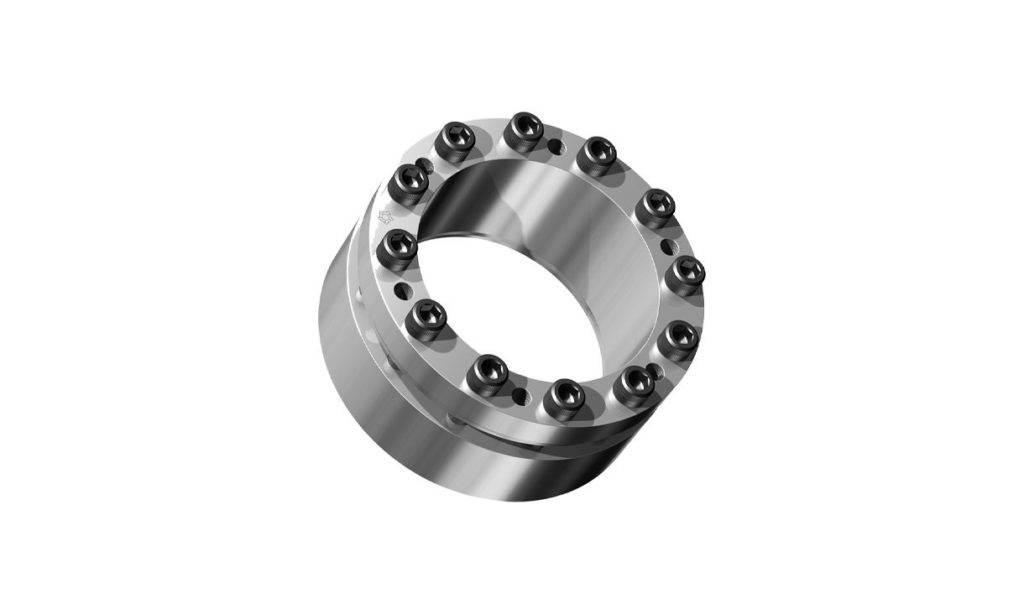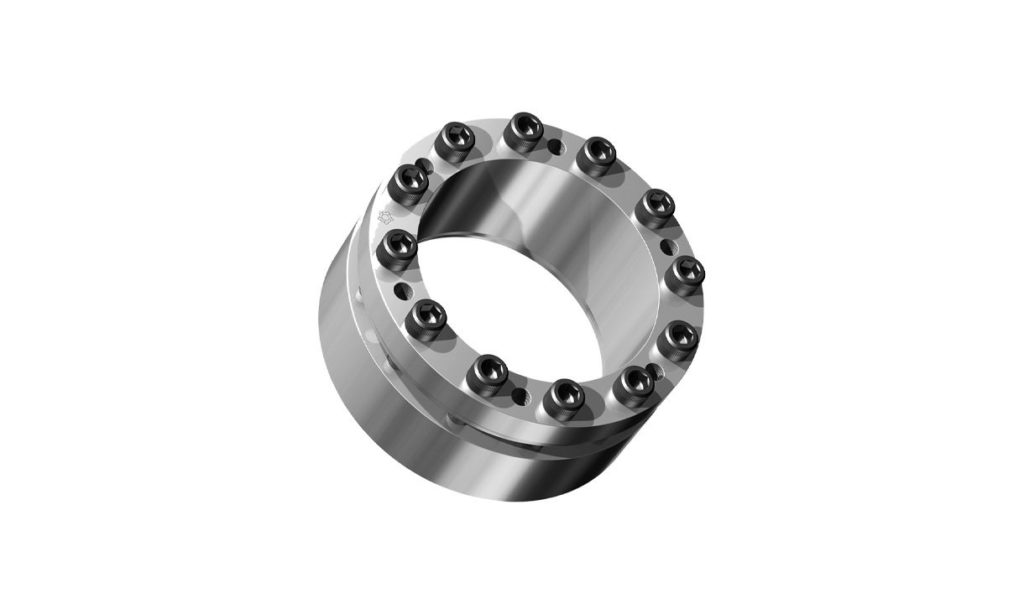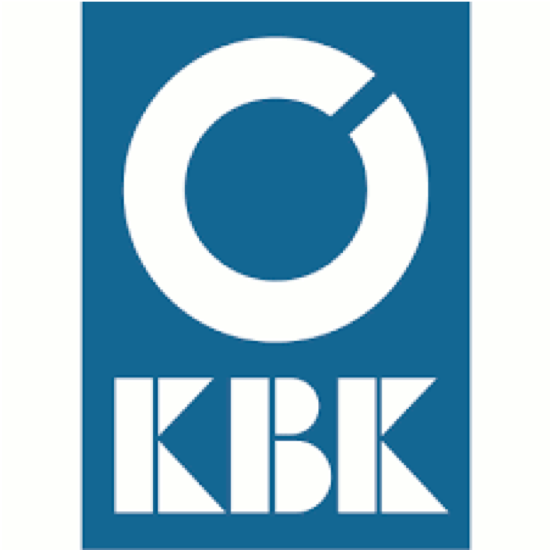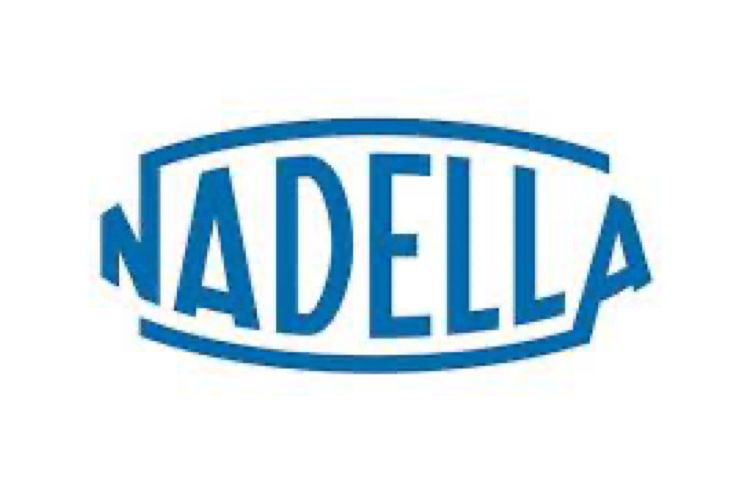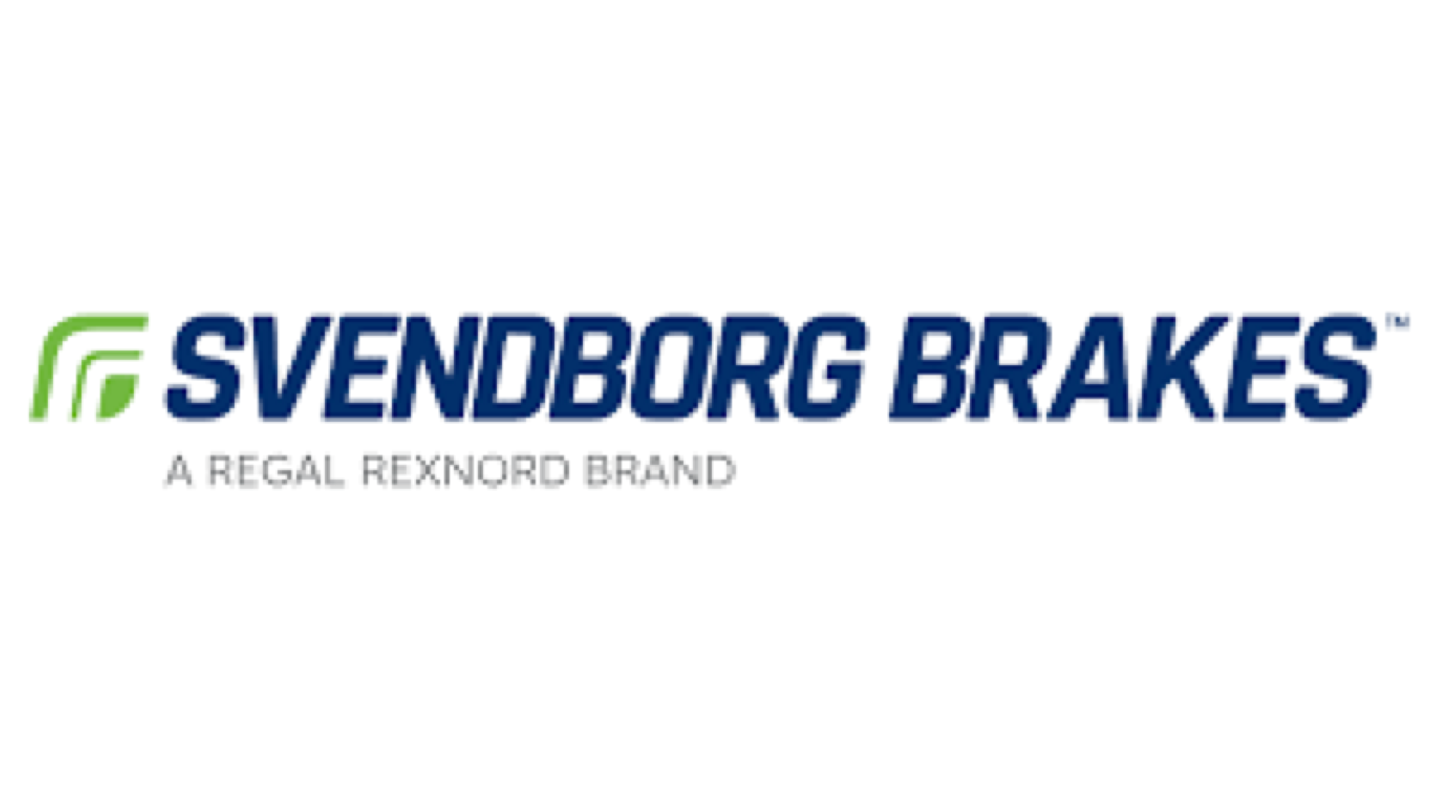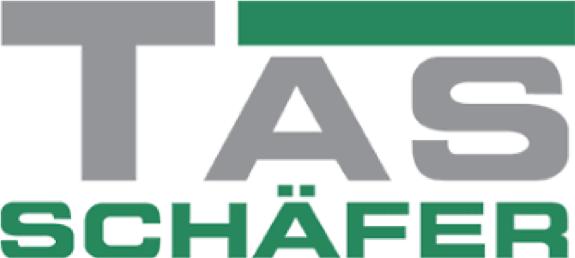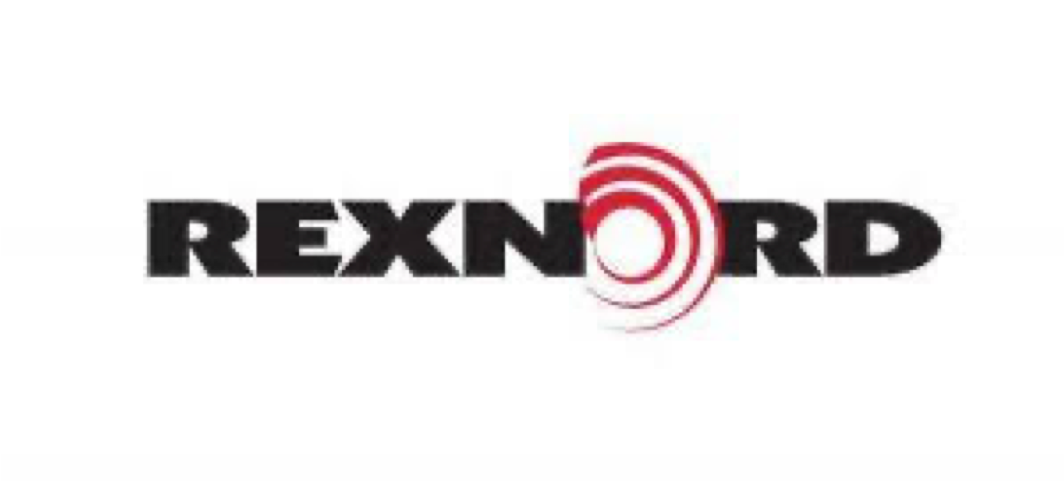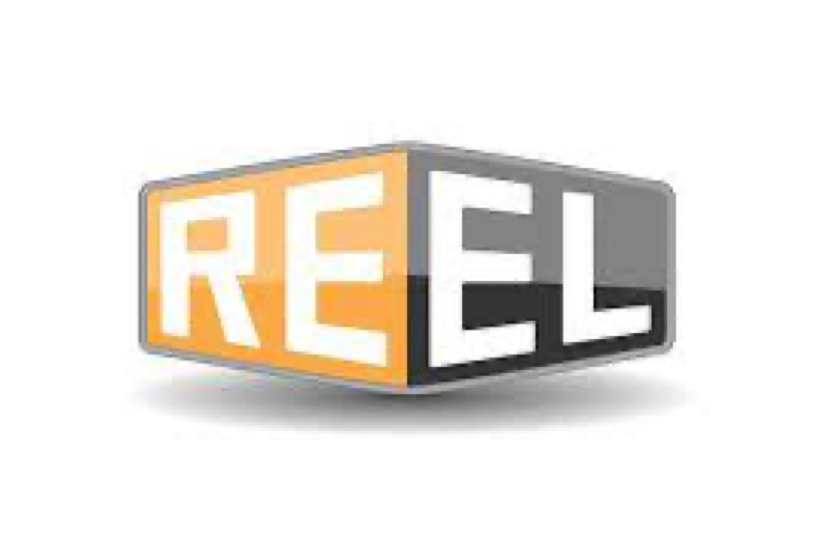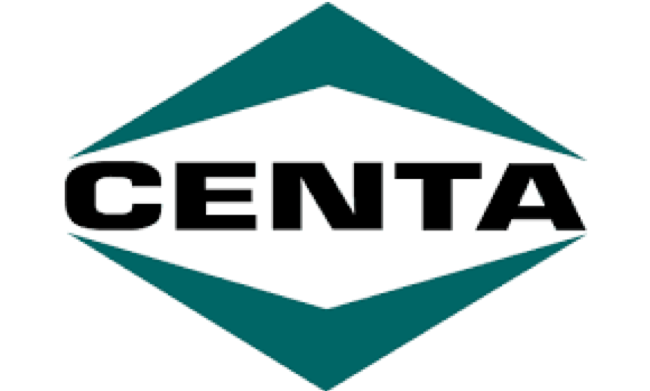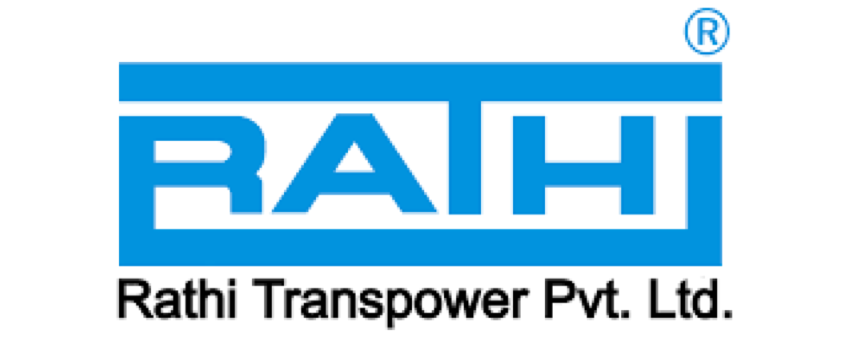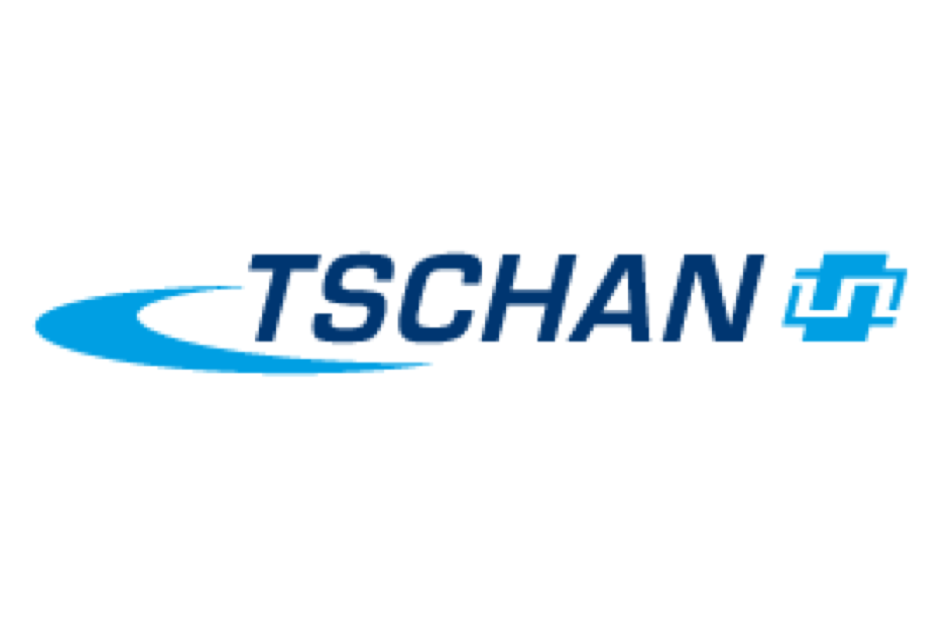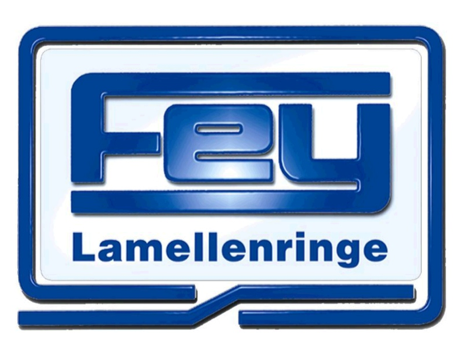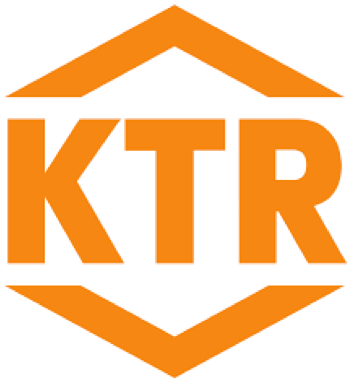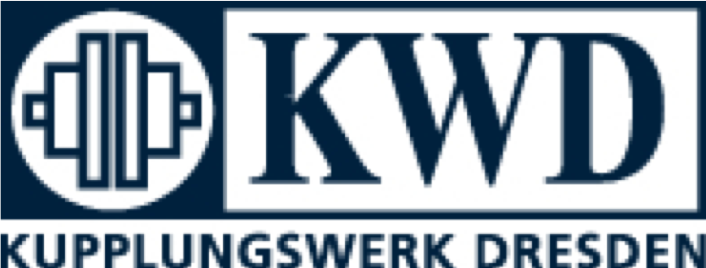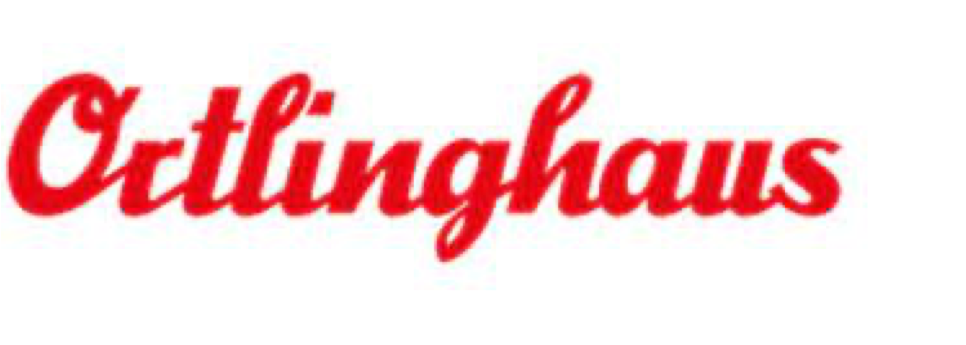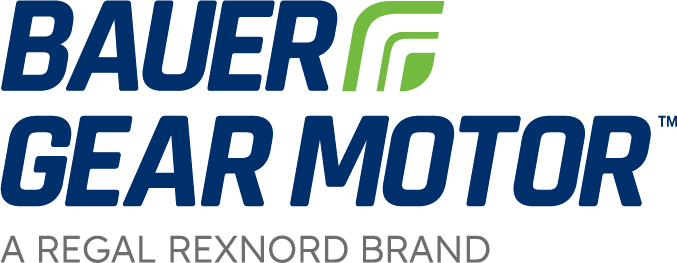How does a shaft-hub-connection work?
Differences between shaft-hub connections
In the case of shaft-hub connections, a distinction can essentially be made between three variants of power transmission: force-locking, form-locking and material-locking.
Force-locking: Force-locking connections are, for example, clamping sets and shrink discs in which clamping or centring forces act to connect a drive shaft with an output shaft. Couplings with clamping hubs are also a good option for the force-locking transmission of torques. However, they lag behind clamping sets and shrink discs in the performance spectrum.
Form-locking: Shaft-hub connections can be form-fit, e.g. via a keyway. Keyways are the best known and most common form of torque transmitting in drive technology. They connect a drive shaft with an output shaft or a sprocket. Alternative form-locking connections include splined shaft profiles and toothed profiles. So-called grub screws also find suitable applications at low speeds and low power transmission.
Material-locking: Materially bonded connections are all adhesive, soldered, welded and therefore strong connections, which, however, have disadvantages in case of repair.
go to downloads
What role does the key play in a shaft-hub connection?
The key is not in itself present in a shrink disk or clamping set, as these types of shaft-hub connection function quasi as an alternative to the keyway. Instead of positive power transmission, clamping sets or shrink discs are used, which do not require a keyway or similar.
It offers the advantage of having no wear or breaking points. The concentricity is also much higher, as everything is “form-fit”. In other words, the shrink disc is shrunk onto the shaft and fits 100%, whereas with a keyway there is always a little play, which can lead to stress and abrasion during starting and braking. Therefore, a shrink disc or tensioner set will last longer and work more accurately, but are usually a little more expensive.

